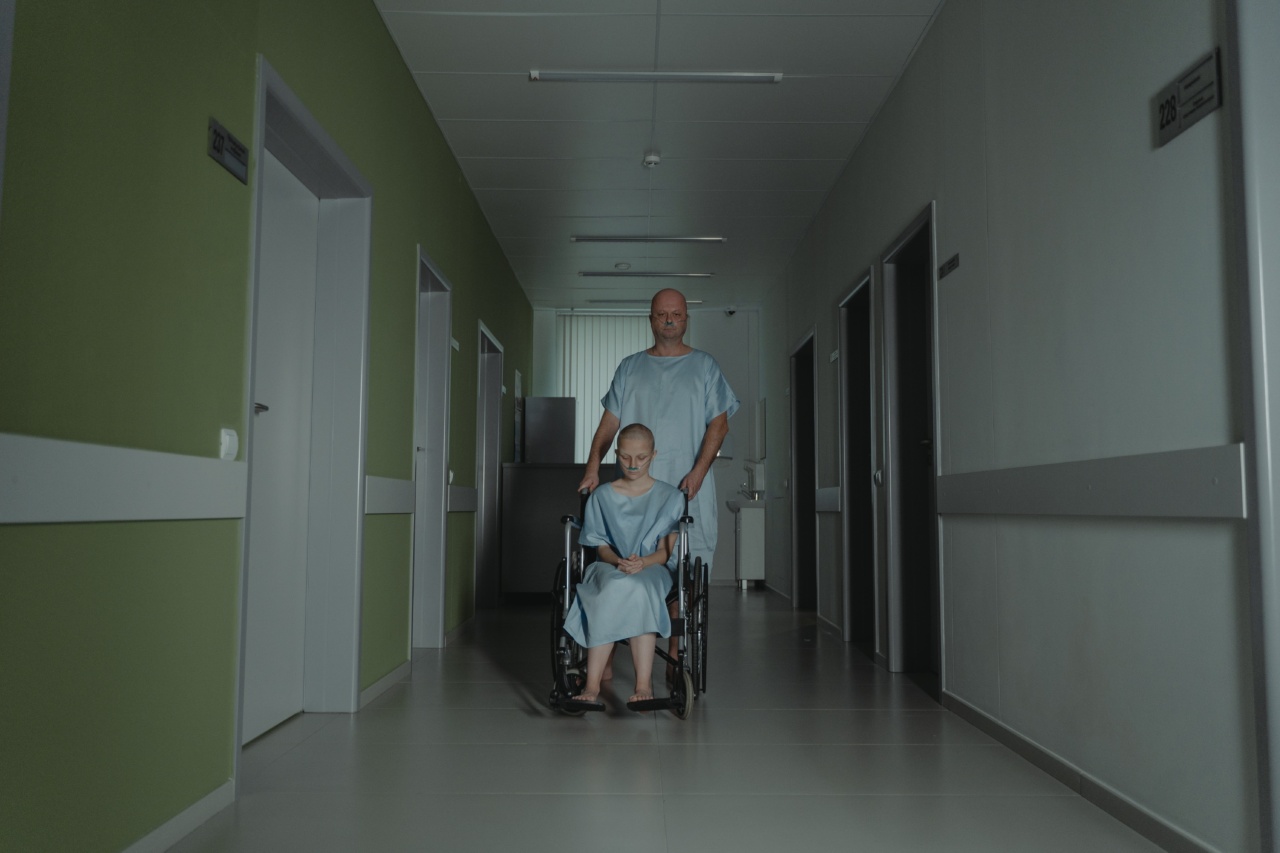Nasal septal scoliosis is a condition characterized by an abnormal curvature of the nasal septum. This condition can result in a variety of symptoms that can significantly impact a patient’s quality of life.
Understanding Nasal Septal Scoliosis
The nasal septum is the thin wall that separates the left and right nostrils. In patients with nasal septal scoliosis, this wall deviates from its normal position and forms a curvature.
This curvature can lead to several issues, including difficulty breathing, frequent nosebleeds, recurring sinus infections, and facial pain.
The Role of Surgery in Treating Nasal Septal Scoliosis
Surgery is often recommended for patients with nasal septal scoliosis to improve their quality of life and alleviate the associated symptoms. The specific procedure performed will depend on the severity and nature of the condition.
Rhinoplasty as a Treatment Option
Rhinoplasty, commonly known as a “nose job,” is a surgical procedure that can be utilized to correct nasal septal scoliosis.
During this procedure, the nasal septum is straightened and realigned, allowing for improved nasal airflow and function.
Benefits of Nasal Septal Scoliosis Surgery
Undergoing surgery for nasal septal scoliosis offers several benefits for patients:.
1. Improved Breathing
The primary benefit of surgery is the improvement in nasal airflow, allowing patients to breathe more comfortably. This increased airflow can reduce the incidence of breathing difficulties, snoring, and sleep apnea.
2. Reduction in Nosebleeds
The curvature of the nasal septum can lead to frequent nosebleeds. By correcting the position of the septum through surgery, the incidence of nosebleeds can be significantly reduced, improving the patient’s overall well-being.
3. Decreased Sinus Infections
Nasal septal scoliosis can create an environment that favors the development of sinus infections. Surgery can restore proper nasal alignment, reducing the likelihood of recurring infections and related discomfort.
4. Alleviation of Facial Pain
The pressure and strain caused by the deviated septum can result in facial pain and headaches. Correcting the septal position through surgery can provide relief from such discomfort, enhancing the patient’s quality of life.
The Surgical Procedure and Recovery Process
Prior to surgery, the patient will undergo a thorough evaluation to determine the most appropriate surgical approach.
The procedure itself is typically performed under general anesthesia and may involve either an open or closed technique, depending on the complexity of the case.
During the recovery process, patients can expect some swelling, bruising, and mild discomfort. Pain medication and cold compresses can help manage these symptoms.
It is essential to follow all post-operative instructions provided by the surgeon to ensure optimal healing.
The recovery period varies from patient to patient, but most individuals can resume normal daily activities within a few weeks. It is important to avoid strenuous exercise and physical contact that may impact the nose during the initial recovery phase.
Conclusion
Surgery plays a crucial role in improving the quality of life for patients with nasal septal scoliosis.
The correction of the deviated septum through rhinoplasty offers numerous benefits, including improved breathing, a reduction in nosebleeds and sinus infections, and relief from facial pain. By undergoing surgery and following the appropriate post-operative care, patients can enjoy a better quality of life and enhanced overall well-being.






























